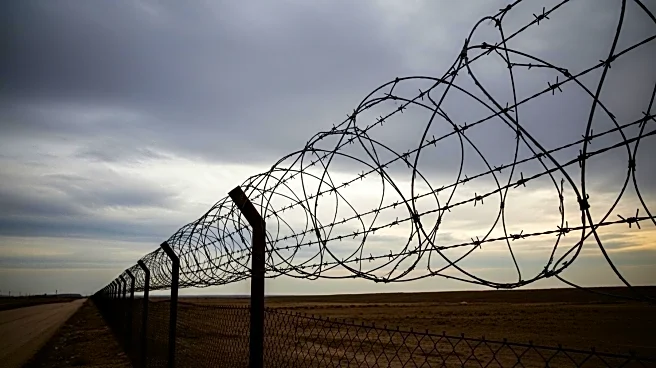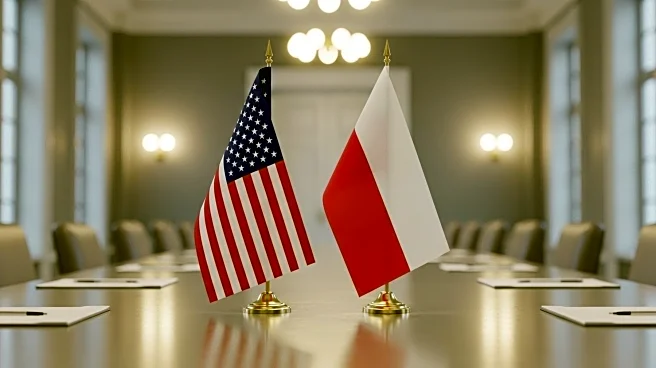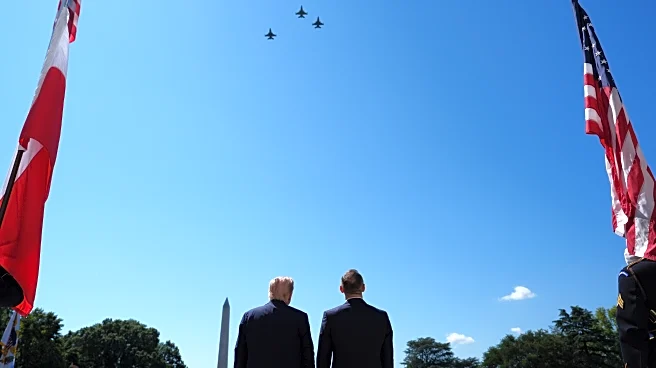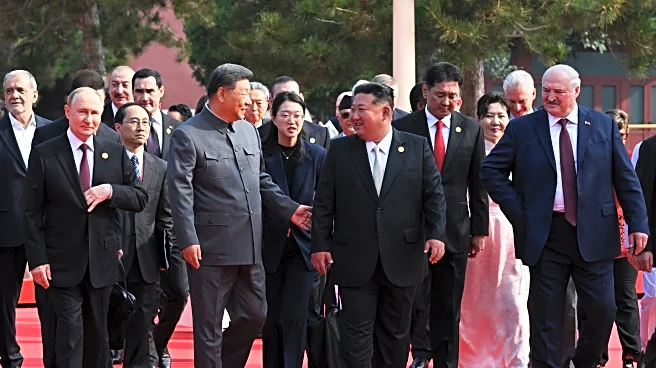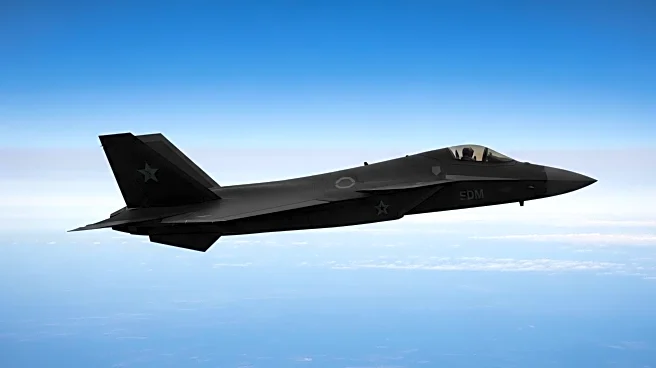What's Happening?
Poland has reported a significant increase in attempts to illegally enter the country from Belarus, with 13,800 attempts recorded between June and August, compared to 7,500 in the same period last year. The Polish Interior Ministry attributes this rise to Belarusian leader Alexander Lukashenko's alleged strategy of transporting migrants from crisis regions to the EU's external border to pressure Western nations. In response, Poland has fortified its border with a 5.5-meter-high fence and electronic surveillance systems. The border, which spans approximately 400 kilometers, is a critical EU external boundary. Due to the ongoing situation, Poland has extended the restricted zone along the border by three months, limiting access primarily to security forces and residents.
Why It's Important?
The increase in migrant attempts at the Belarus-Poland border highlights ongoing geopolitical tensions in Eastern Europe. Poland's actions reflect broader EU concerns about Belarus's role in facilitating migration as a political tool. This situation impacts EU border security policies and raises questions about humanitarian responses to migration crises. Poland's measures may influence other EU countries facing similar challenges, potentially leading to stricter border controls and surveillance. The situation also underscores the complex relationship between EU member states and neighboring countries like Belarus, which is allied with Russia.
What's Next?
Poland's extension of the restricted zone suggests continued vigilance and potential further measures to secure its border. The EU may engage in diplomatic efforts to address the root causes of migration from Belarus and seek solutions to mitigate the humanitarian impact. Additionally, Poland's actions could prompt discussions within the EU about collective border security strategies and support for affected member states. The situation may also lead to increased scrutiny of Belarus's actions and potential sanctions or diplomatic responses from the EU.
